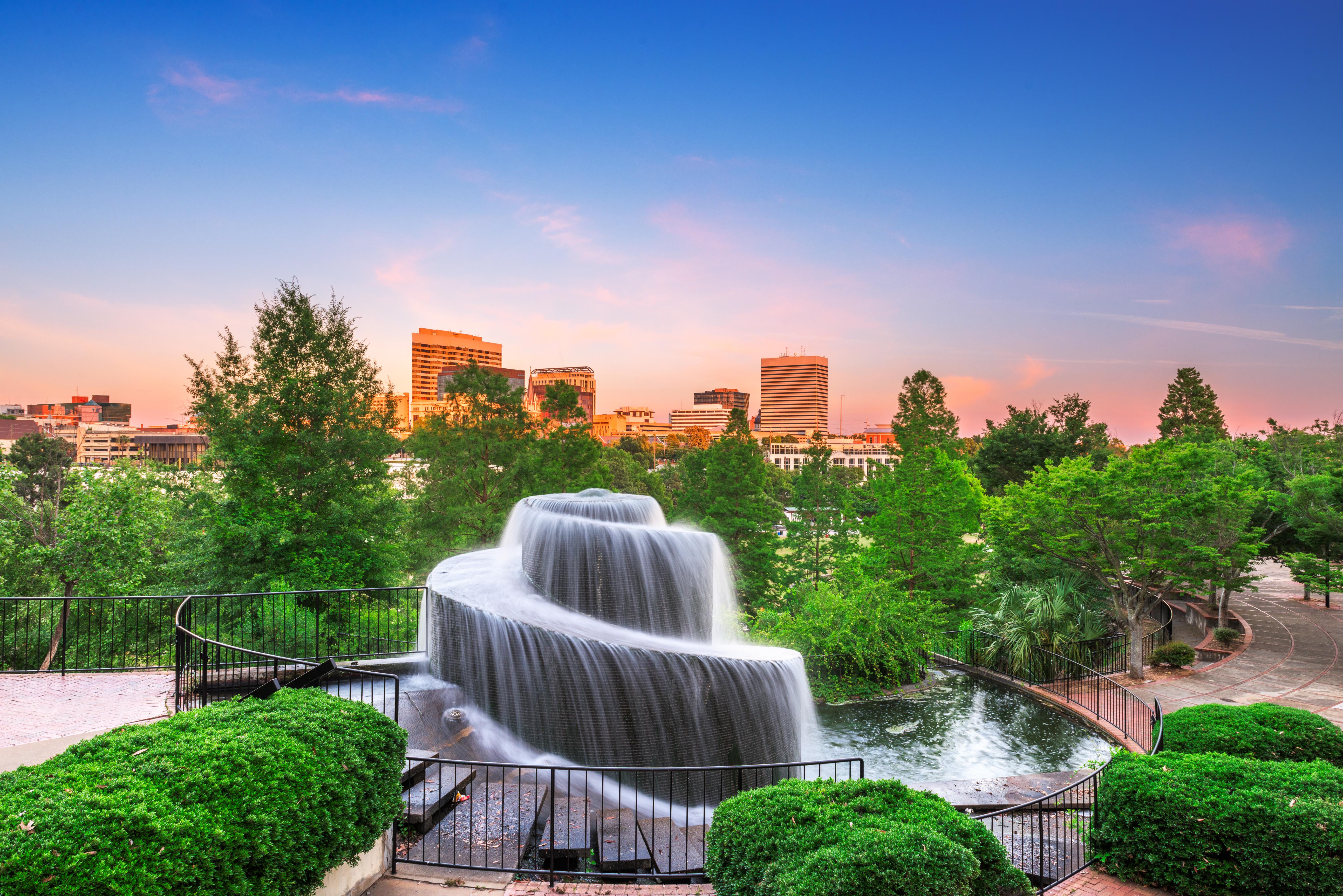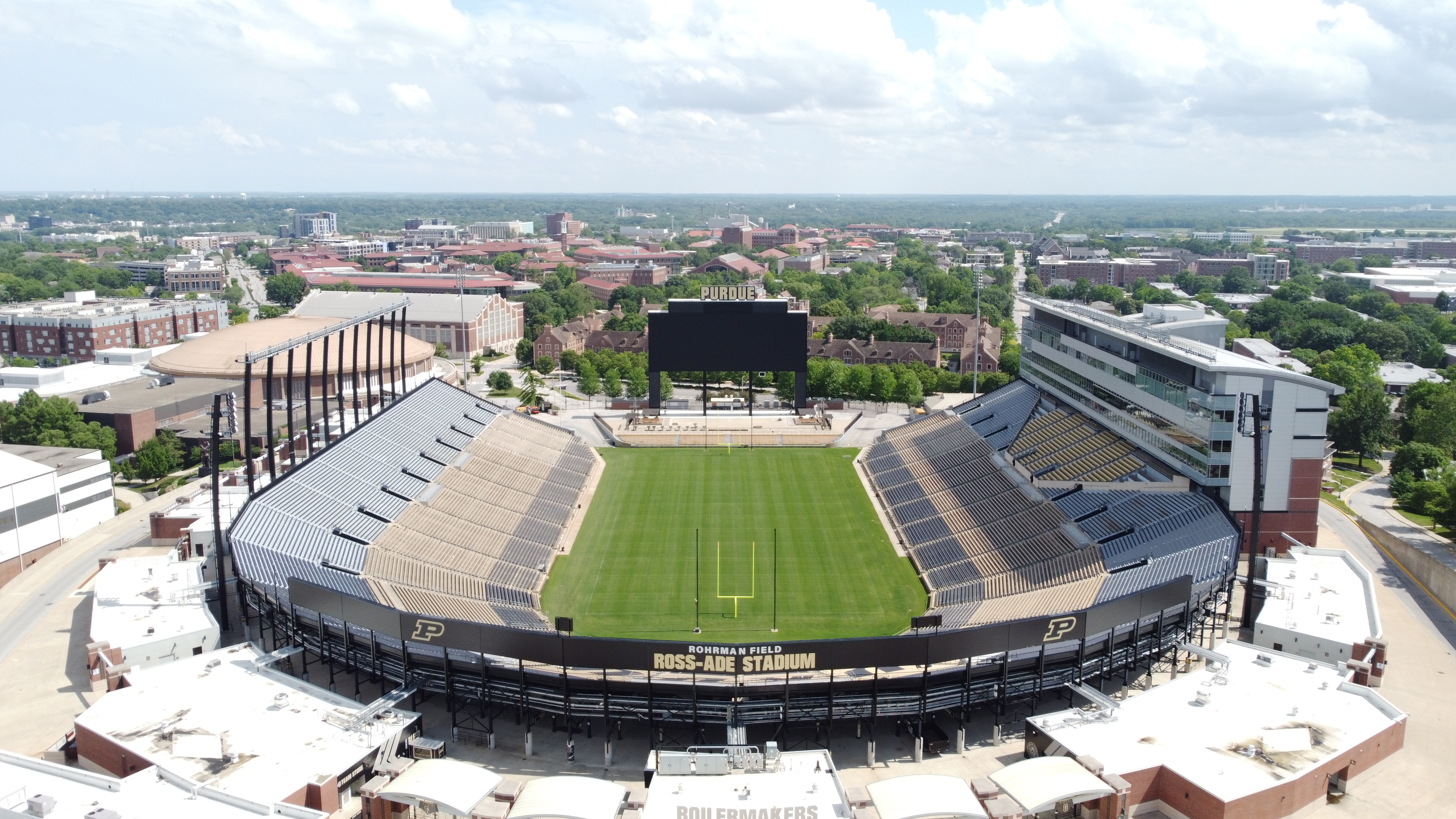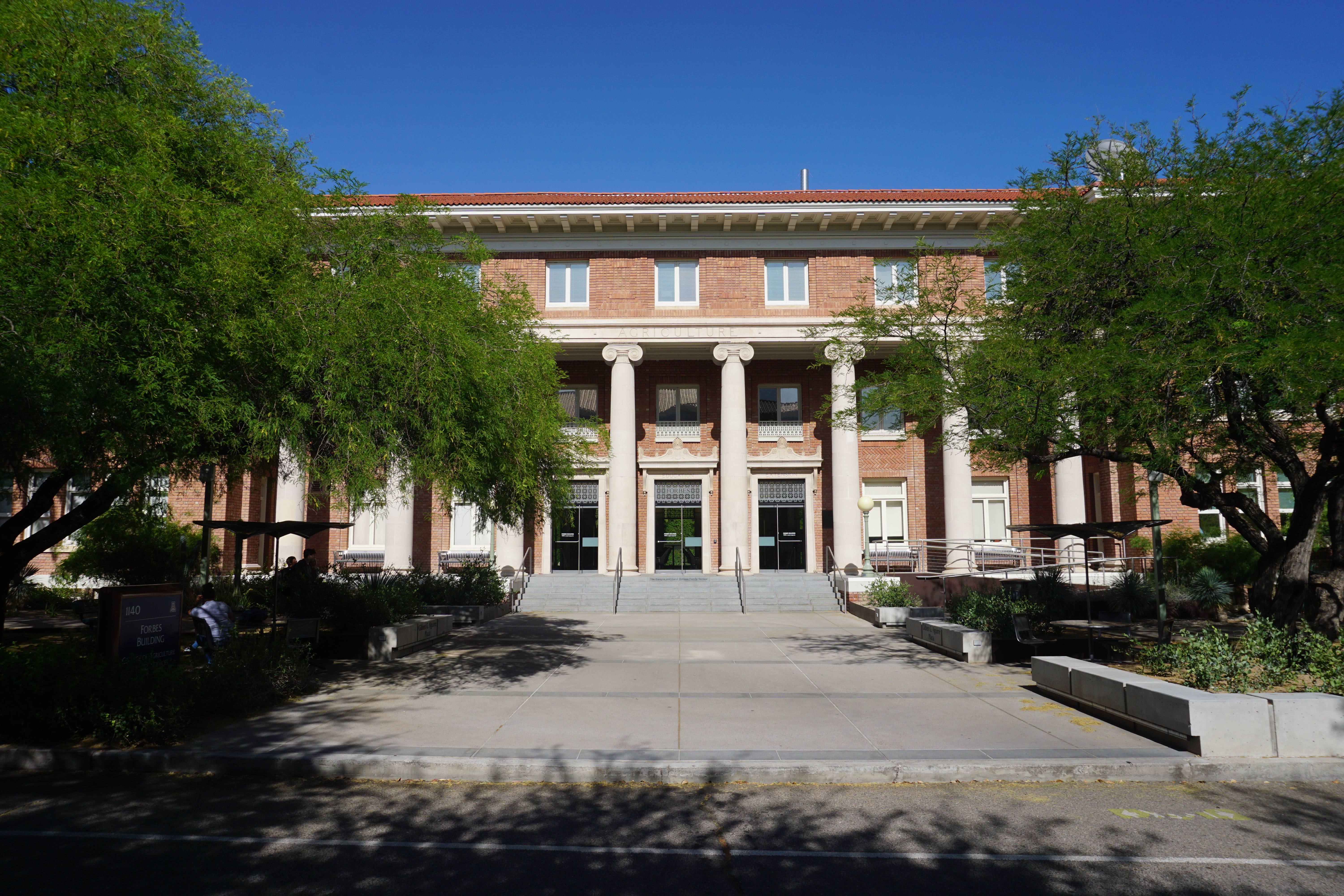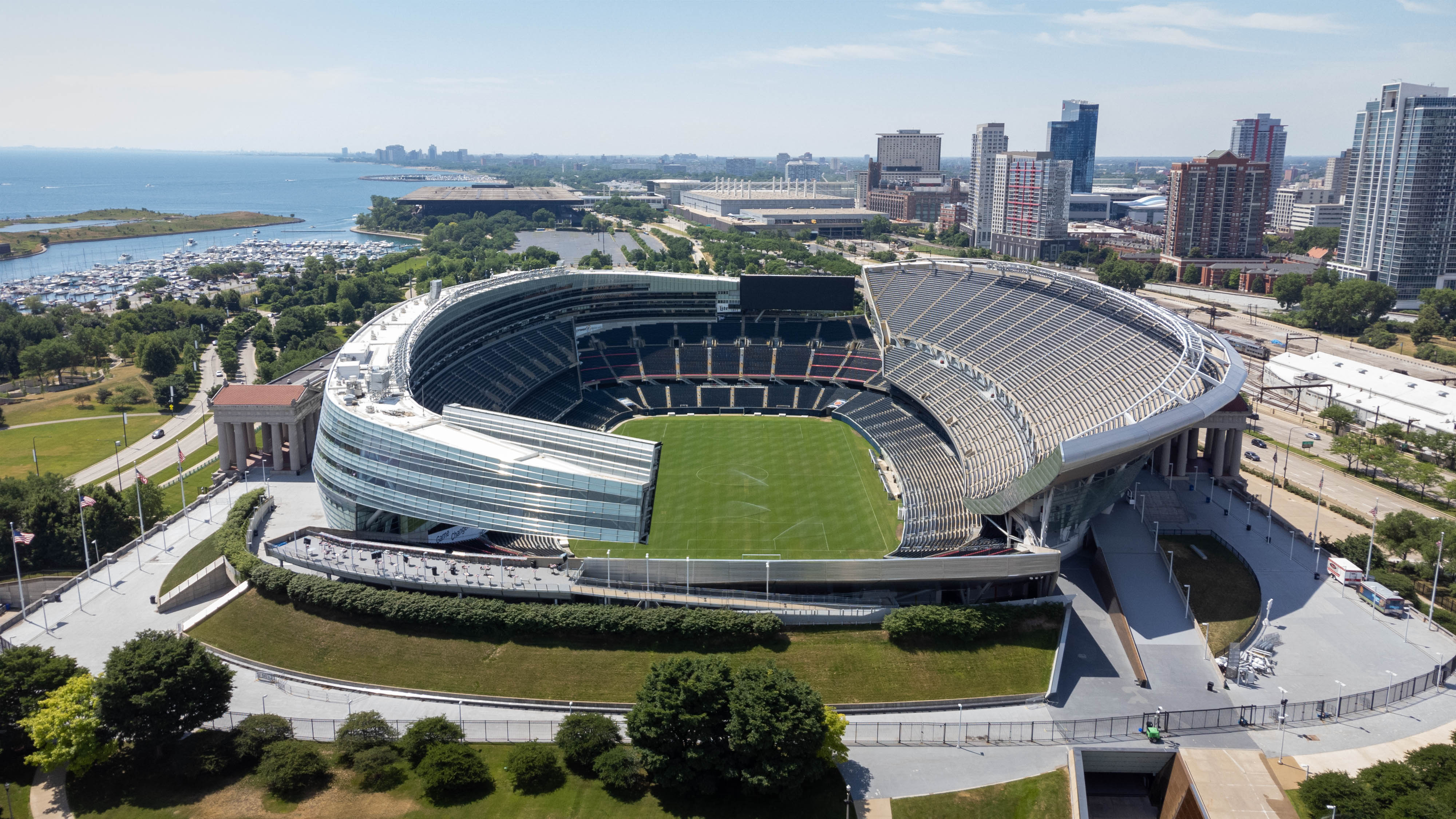Northeast Gems: America's 15 Most Historic College Stadiums
In the heart of Northeast America, a region steeped in history and tradition, lie some of the most iconic college stadiums in the United States. These hallowed grounds are not merely venues for sporting events; they are living museums that echo the rich legacy of the institutions they represent. Each stadium tells a story, not just of athletic prowess, but of the cultural and historical significance embedded within its walls. From the ivy-covered facades to the roaring crowds that have cheered on generations of athletes, these stadiums are a testament to the enduring spirit of college sports. As we embark on this exploration, we will delve into the history, architecture, and cultural impact of 15 of the most historic college stadiums in the Northeast, each with its unique tale to tell.
1. Harvard Stadium: The Birthplace of Modern Football
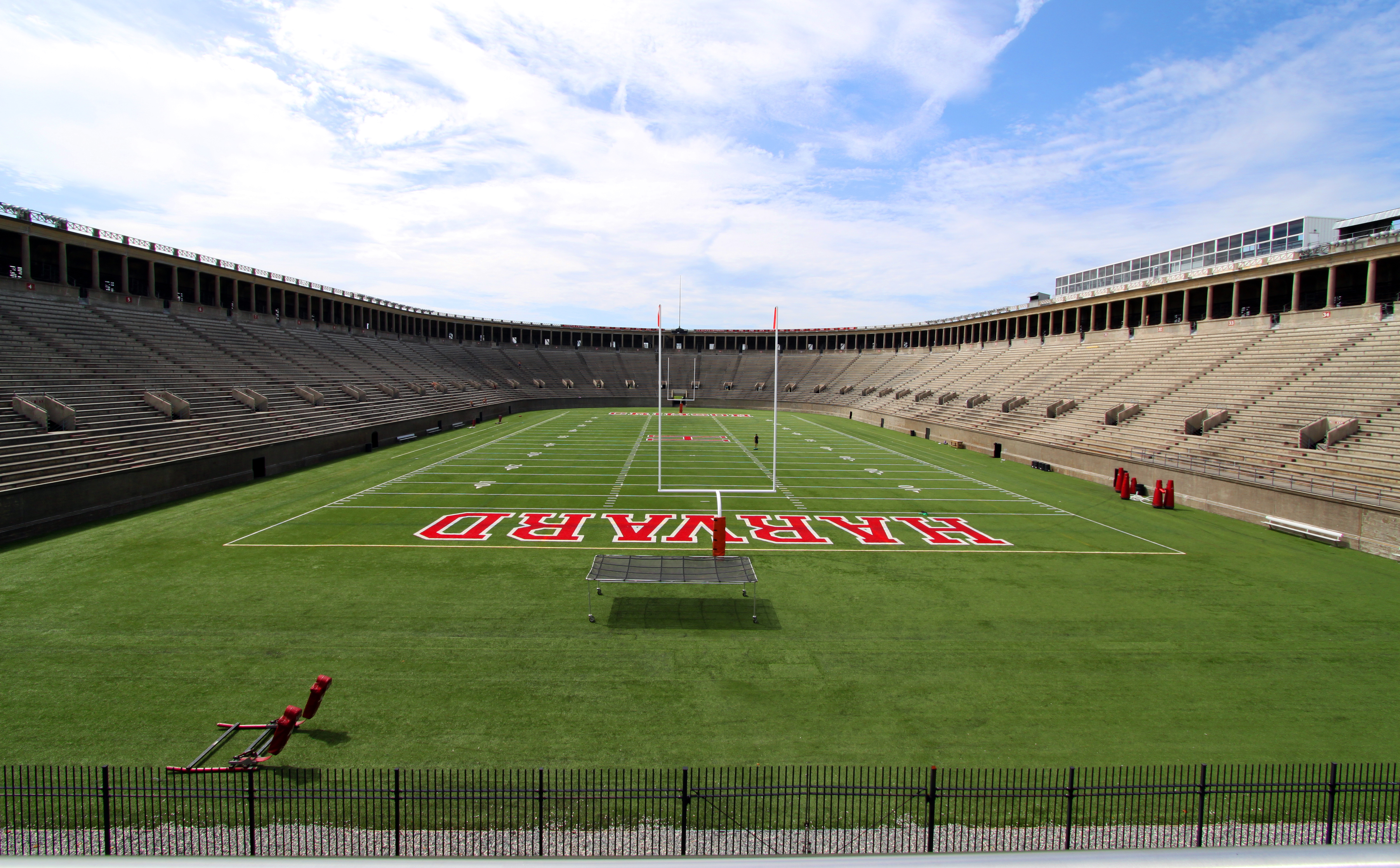
Harvard Stadium, nestled in the Allston neighborhood of Boston, Massachusetts, is often regarded as the birthplace of modern American football. Built in 1903, it was the first large permanent stadium for American college sports and the first to use reinforced concrete. Its horseshoe-shaped design was revolutionary at the time and influenced the construction of many stadiums that followed. Harvard Stadium was also the site of the 1906 rule changes that transformed football into the game we know today, including the introduction of the forward pass. The stadium's historical significance extends beyond sports, having hosted numerous events, including political rallies and concerts, making it a cultural landmark in its own right.
2. Yale Bowl: A Monument to Collegiate Tradition

The Yale Bowl, located in New Haven, Connecticut, is a true monument to collegiate tradition. Opened in 1914, it was the first bowl-shaped stadium in the United States, setting a precedent for future stadium designs. With a seating capacity of over 60,000, it remains one of the largest stadiums in the country. The Yale Bowl has witnessed countless historic football games and has been the stage for many intense Ivy League rivalries. Its influence extends beyond football, as it has hosted concerts, political events, and even served as a temporary home for the New York Giants. The stadium's enduring legacy is a testament to its architectural innovation and its role in shaping college sports history.
3. Franklin Field: The Oldest Operating Stadium in College Football

Franklin Field, located on the University of Pennsylvania's campus in Philadelphia, is the oldest operating stadium in college football. Since its opening in 1895, it has been a cornerstone of the university's athletic and cultural life. Franklin Field was the first stadium to host a live radio broadcast of a football game and was the site of the first scoreboard. Its iconic design, featuring a horseshoe shape and a grandstand that can accommodate over 52,000 spectators, has made it a model for stadiums across the country. The stadium's rich history is complemented by its role as the home of the Penn Relays, the oldest and largest track and field competition in the United States, attracting athletes and spectators from around the world.
4. Michie Stadium: A Symbol of Military Prowess
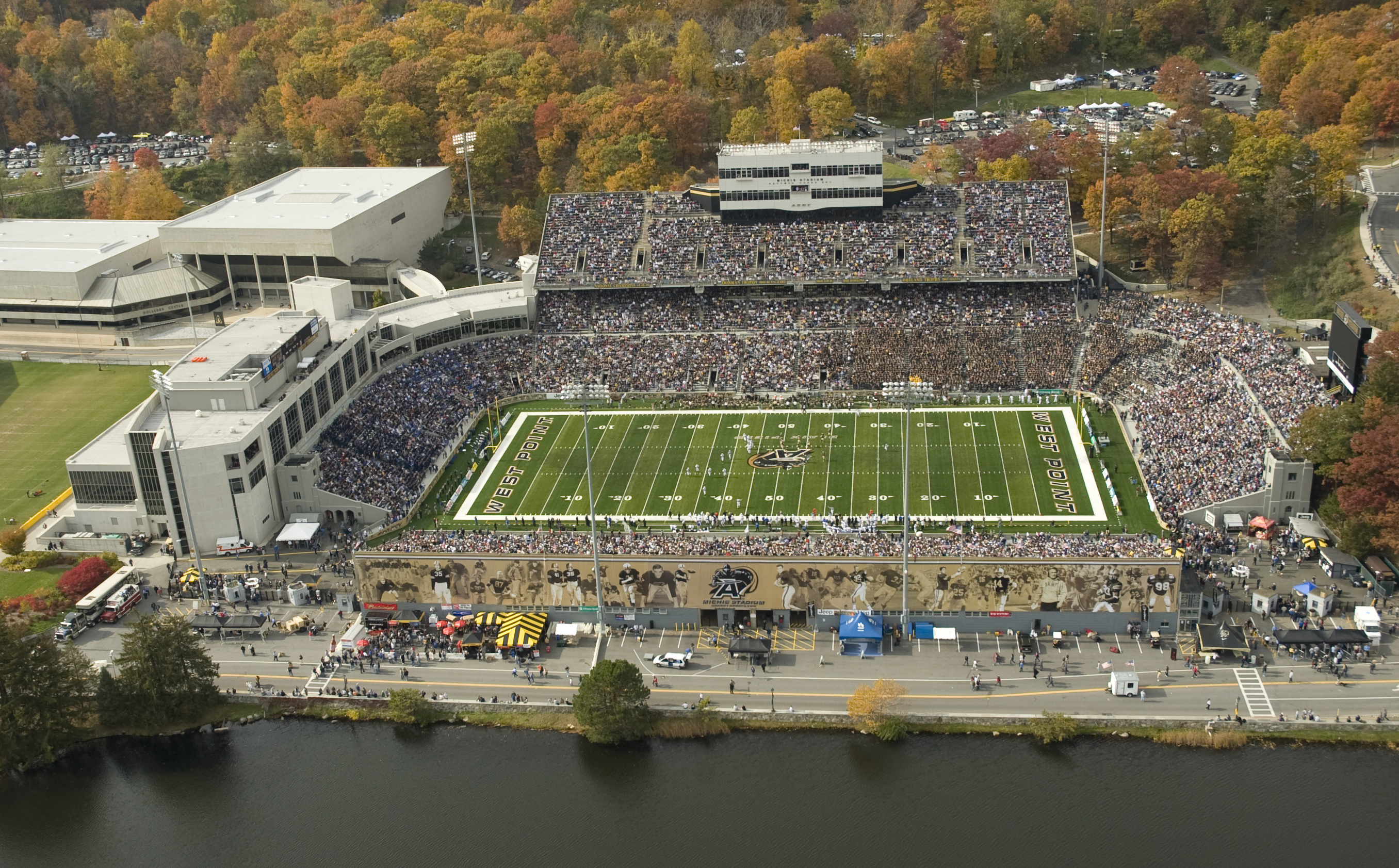
Situated on the grounds of the United States Military Academy in West Point, New York, Michie Stadium is a symbol of military prowess and tradition. Opened in 1924, the stadium is named after Dennis Michie, the cadet who organized the first Army football team. With its stunning views of the Hudson River and the surrounding mountains, Michie Stadium provides a picturesque setting for Army football games. The stadium's history is intertwined with the military history of the United States, as it has hosted numerous military events and ceremonies. Its unique blend of athletic and military traditions makes Michie Stadium a significant landmark in both college sports and American history.
5. Princeton Stadium: A Legacy of Innovation
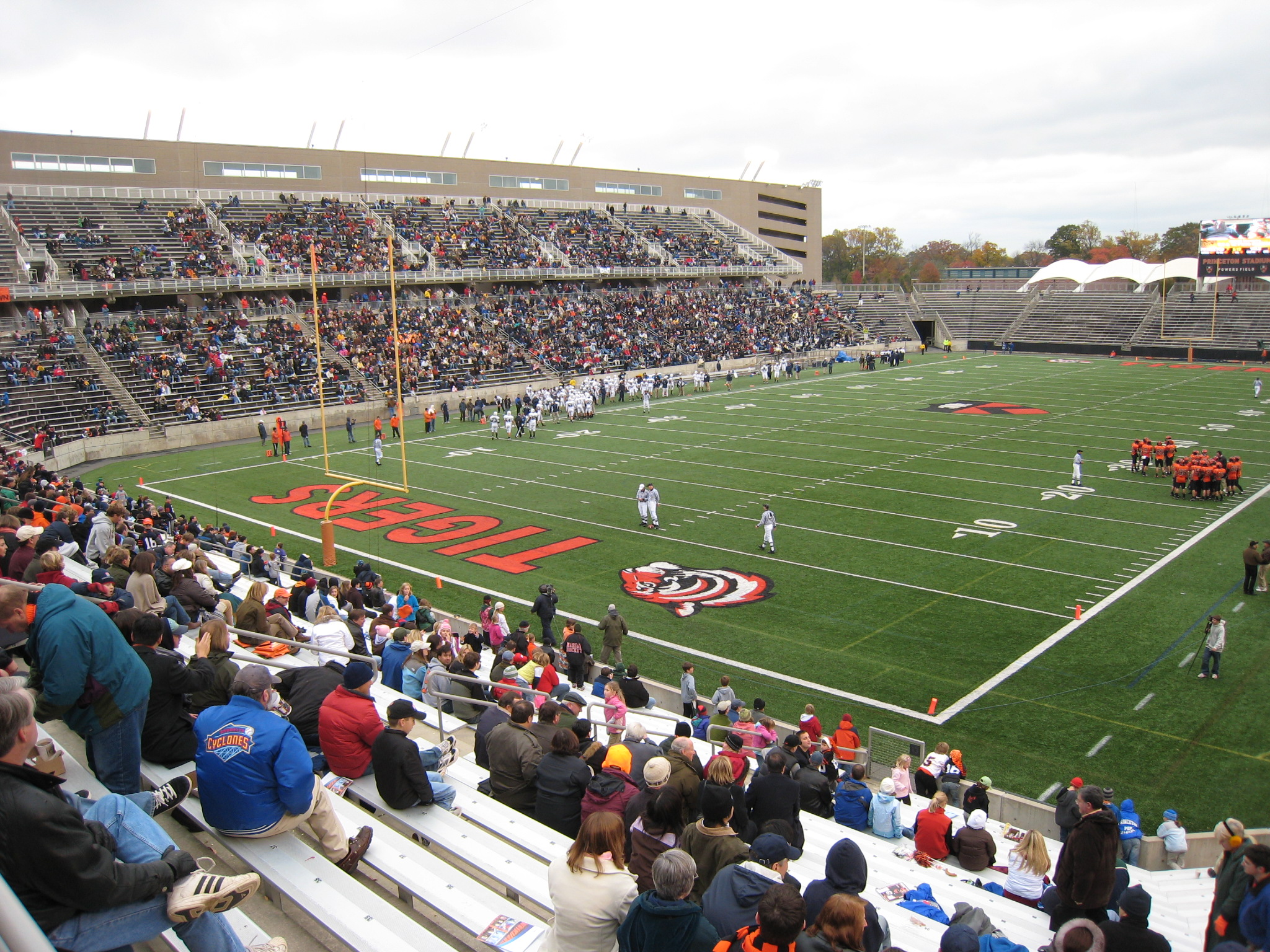
Princeton Stadium, located in Princeton, New Jersey, is a testament to the legacy of innovation that defines Princeton University. Opened in 1998, it replaced the historic Palmer Stadium, which had served the university for nearly a century. The new stadium was designed to reflect the architectural heritage of the campus while incorporating modern amenities and technology. Its state-of-the-art facilities and sustainable design have made it a model for other college stadiums. Princeton Stadium continues to uphold the university's tradition of excellence, hosting not only football games but also a variety of athletic and cultural events that enrich the campus community.
6. Brown Stadium: A Testament to Community Spirit
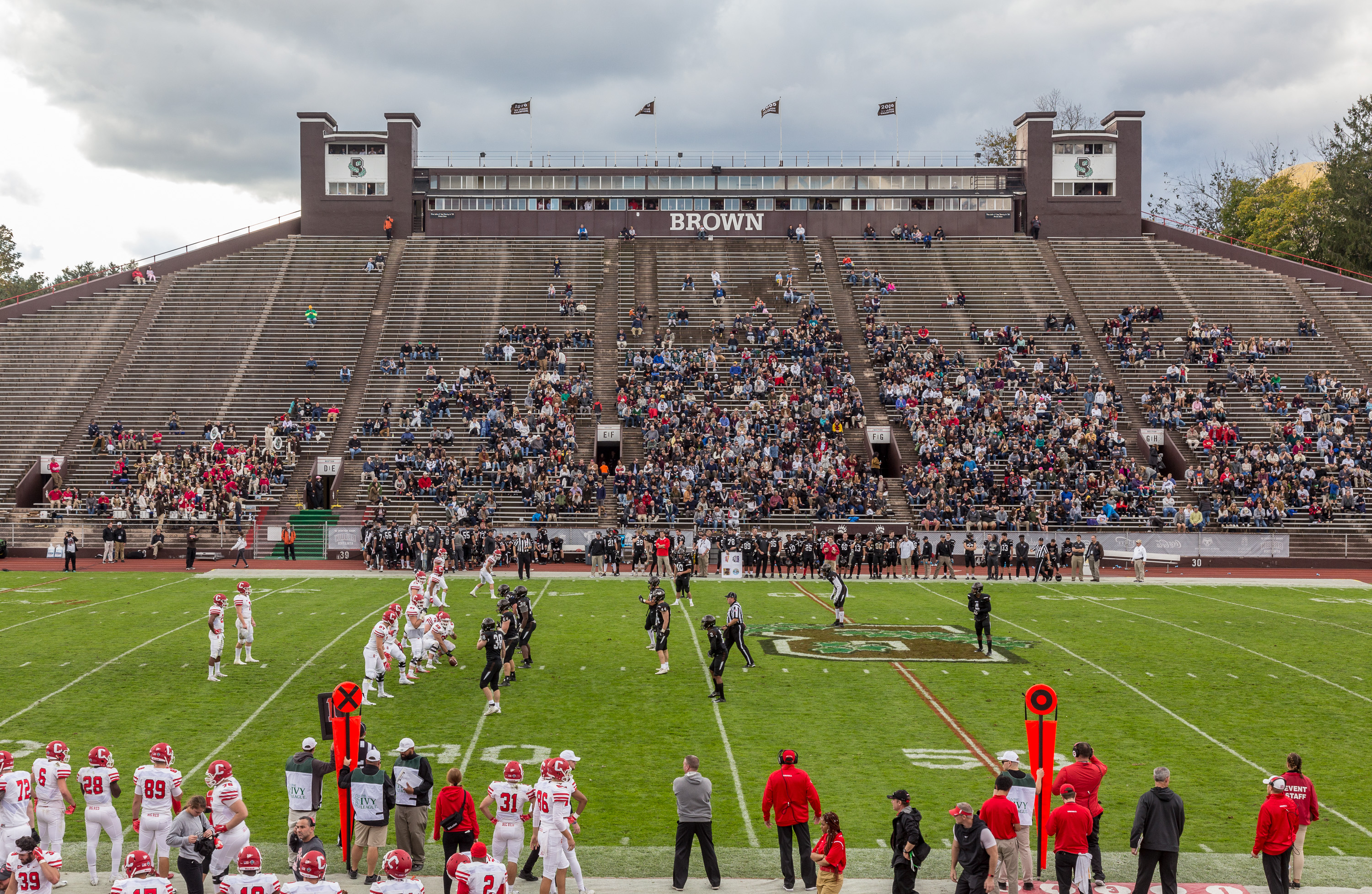
Brown Stadium, located in Providence, Rhode Island, is a testament to the community spirit that defines Brown University. Built in 1925, the stadium has been the home of Brown Bears football for nearly a century. Its intimate setting, with a seating capacity of just over 20,000, creates a unique atmosphere that brings the university community together. Brown Stadium has witnessed many memorable moments in college football history, including historic Ivy League matchups and thrilling victories. Beyond sports, the stadium serves as a gathering place for students, alumni, and local residents, fostering a sense of unity and pride in the university's rich heritage.
7. Alumni Stadium: Boston College's Beacon of Tradition
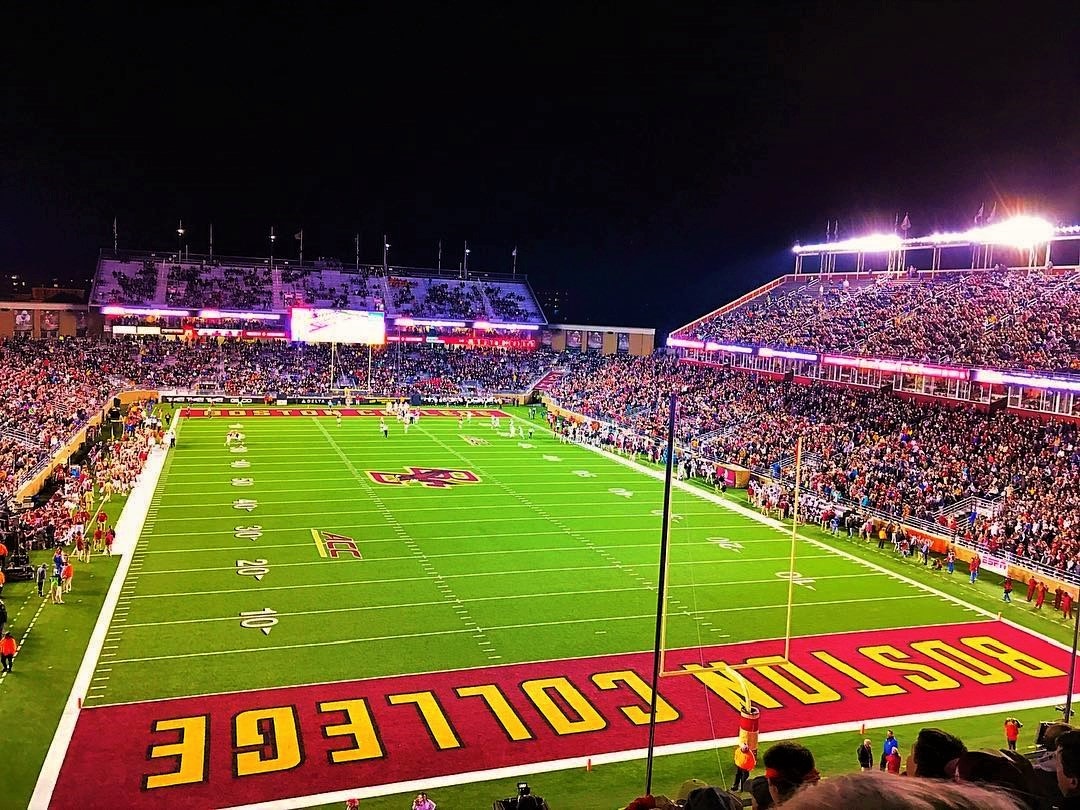
Alumni Stadium, located on the campus of Boston College in Chestnut Hill, Massachusetts, is a beacon of tradition for the university's athletic program. Opened in 1957, the stadium has undergone several renovations to enhance its facilities while preserving its historic character. With a seating capacity of over 44,000, Alumni Stadium is known for its passionate fan base and electric game-day atmosphere. The stadium has hosted numerous memorable games, including pivotal matchups in the Atlantic Coast Conference and thrilling victories over rival teams. Alumni Stadium is more than just a venue for sports; it is a symbol of Boston College's commitment to excellence and its enduring legacy in college athletics.
8. Memorial Field: Dartmouth's Historic Gem
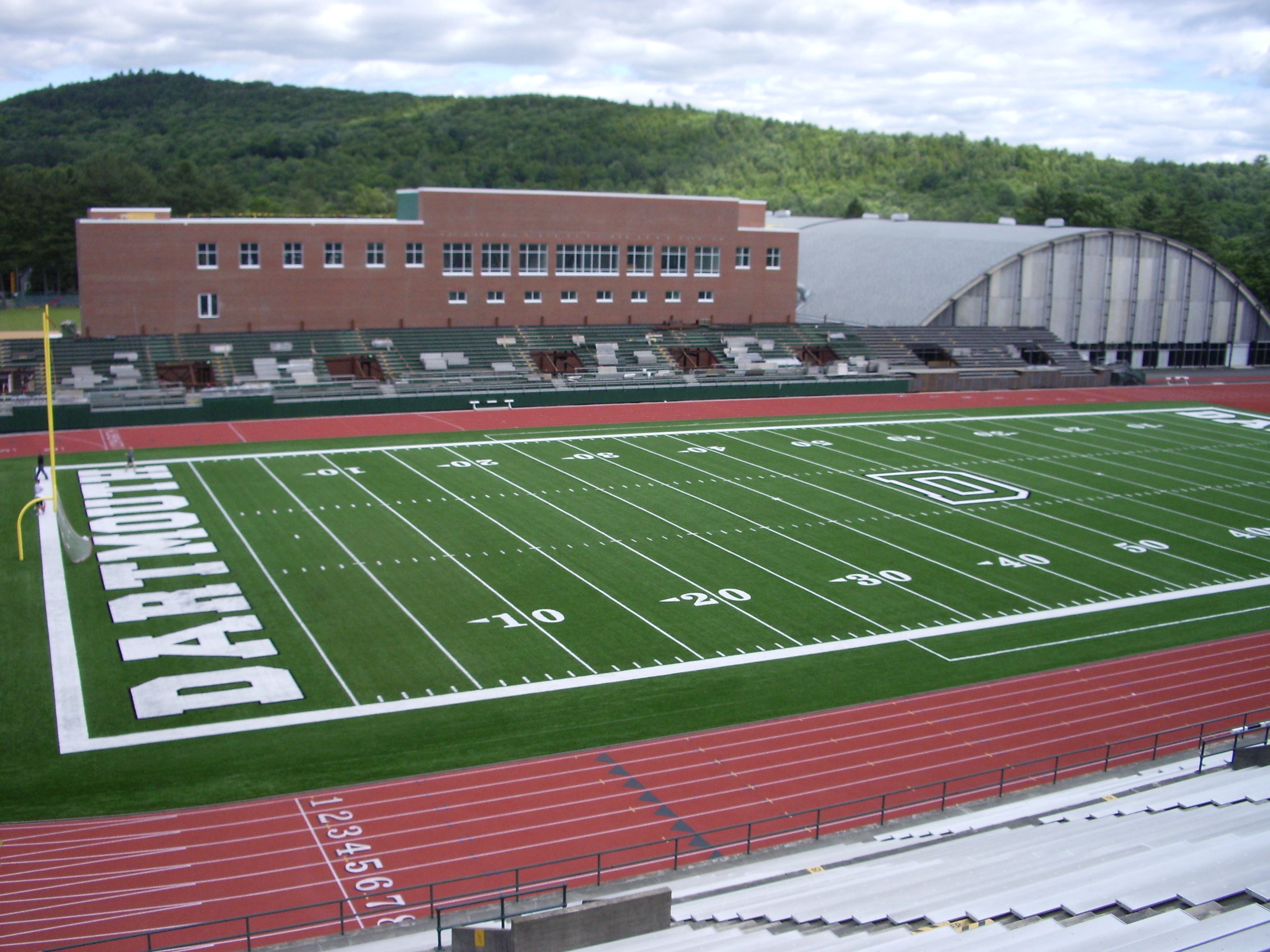
Memorial Field, located on the campus of Dartmouth College in Hanover, New Hampshire, is a historic gem that embodies the spirit of the college. Built in 1923, the stadium was dedicated to the memory of Dartmouth alumni who served in World War I. Its picturesque setting, nestled among the rolling hills of New Hampshire, provides a stunning backdrop for Dartmouth football games. Memorial Field has been the site of many memorable moments in Ivy League history, including thrilling victories and historic rivalries. The stadium's rich history and unique charm make it a beloved landmark for students, alumni, and fans alike.
9. Schoellkopf Field: Cornell's Architectural Marvel
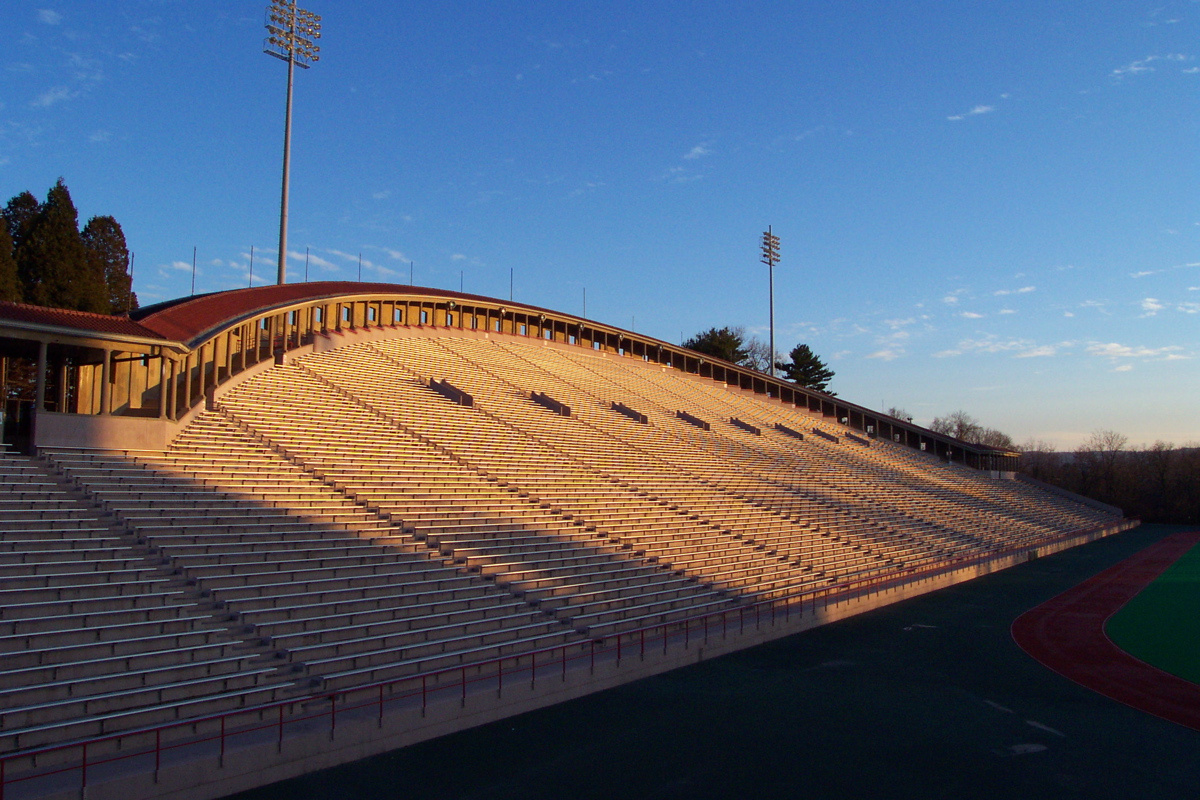
Schoellkopf Field, located on the campus of Cornell University in Ithaca, New York, is an architectural marvel that has stood the test of time. Opened in 1915, the stadium is named after Willard Straight Schoellkopf, a Cornell alumnus and benefactor. Its distinctive crescent-shaped design and iconic clock tower make it one of the most recognizable stadiums in college sports. Schoellkopf Field has hosted numerous historic games and events, including the annual Cornell-Harvard football game, one of the oldest rivalries in college sports. The stadium's unique blend of history and innovation continues to inspire generations of Cornell students and athletes.
10. Fitton Field: A Pillar of Holy Cross Pride
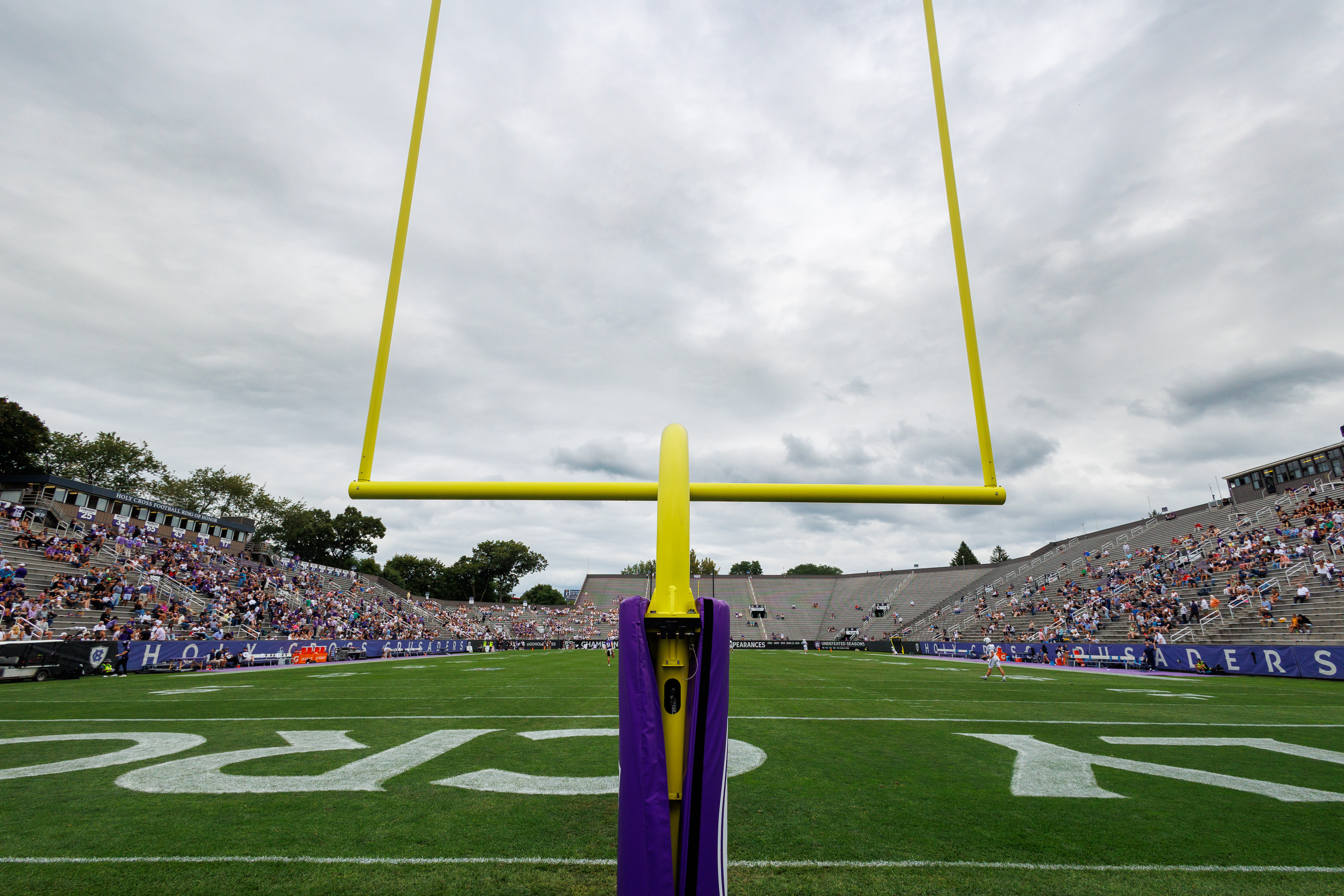
Fitton Field, located on the campus of the College of the Holy Cross in Worcester, Massachusetts, is a pillar of pride for the college community. Built in 1903, it is one of the oldest college football stadiums in the country. The stadium's intimate setting, with a seating capacity of just over 23,000, creates a unique atmosphere that fosters a strong sense of community and school spirit. Fitton Field has witnessed many memorable moments in Holy Cross athletics, including historic victories and thrilling rivalries. Beyond sports, the stadium serves as a gathering place for students, alumni, and local residents, reflecting the college's commitment to fostering a vibrant and inclusive community.
11. Rutgers Stadium: The Birthplace of College Football
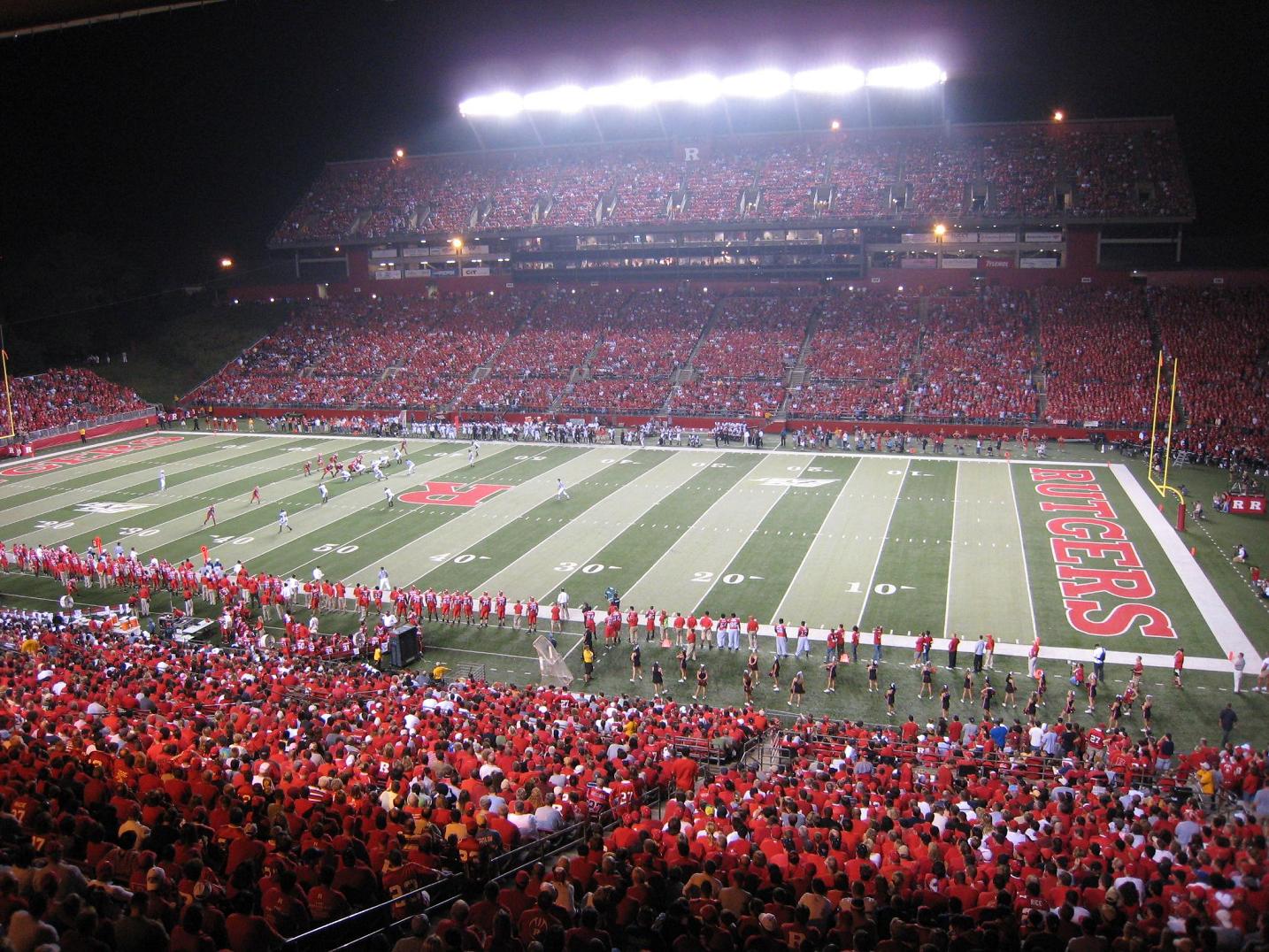
Rutgers Stadium, located on the campus of Rutgers University in Piscataway, New Jersey, is often referred to as the birthplace of college football. The original stadium, built in 1938, was the site of the first intercollegiate football game in 1869 between Rutgers and Princeton. The current stadium, opened in 1994, continues to honor this rich legacy while providing modern amenities and facilities for fans and athletes. With a seating capacity of over 52,000, Rutgers Stadium is known for its passionate fan base and electric game-day atmosphere. The stadium's storied history and ongoing commitment to excellence make it a cornerstone of college football tradition.
12. Alumni Stadium: Boston College's Athletic Hub
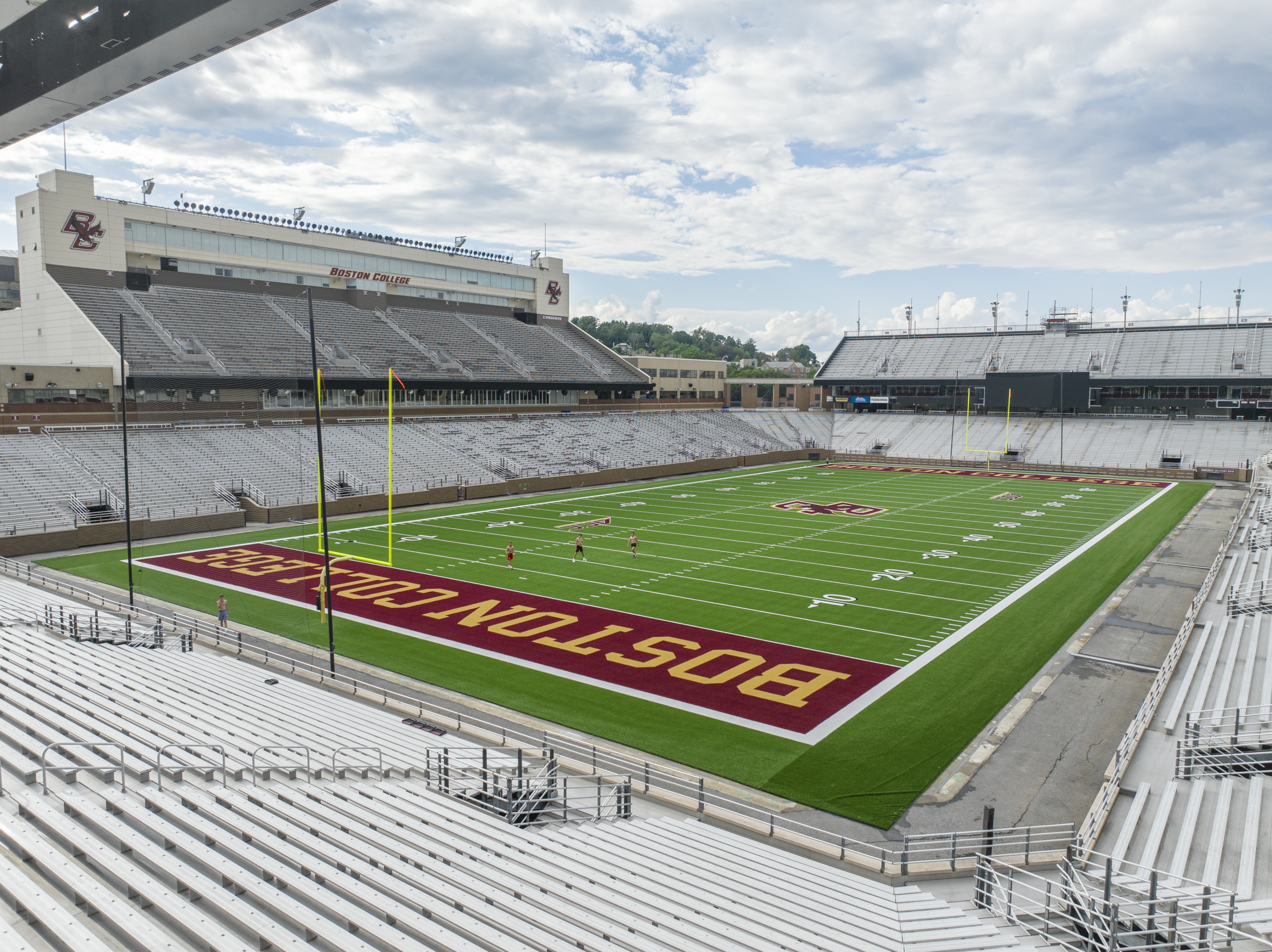
Alumni Stadium, located on the campus of Boston College in Chestnut Hill, Massachusetts, is the athletic hub of the university. Opened in 1957, the stadium has undergone several renovations to enhance its facilities while preserving its historic character. With a seating capacity of over 44,000, Alumni Stadium is known for its passionate fan base and electric game-day atmosphere. The stadium has hosted numerous memorable games, including pivotal matchups in the Atlantic Coast Conference and thrilling victories over rival teams. Alumni Stadium is more than just a venue for sports; it is a symbol of Boston College's commitment to excellence and its enduring legacy in college athletics.
13. Delaware Stadium: A Blue Hen Legacy
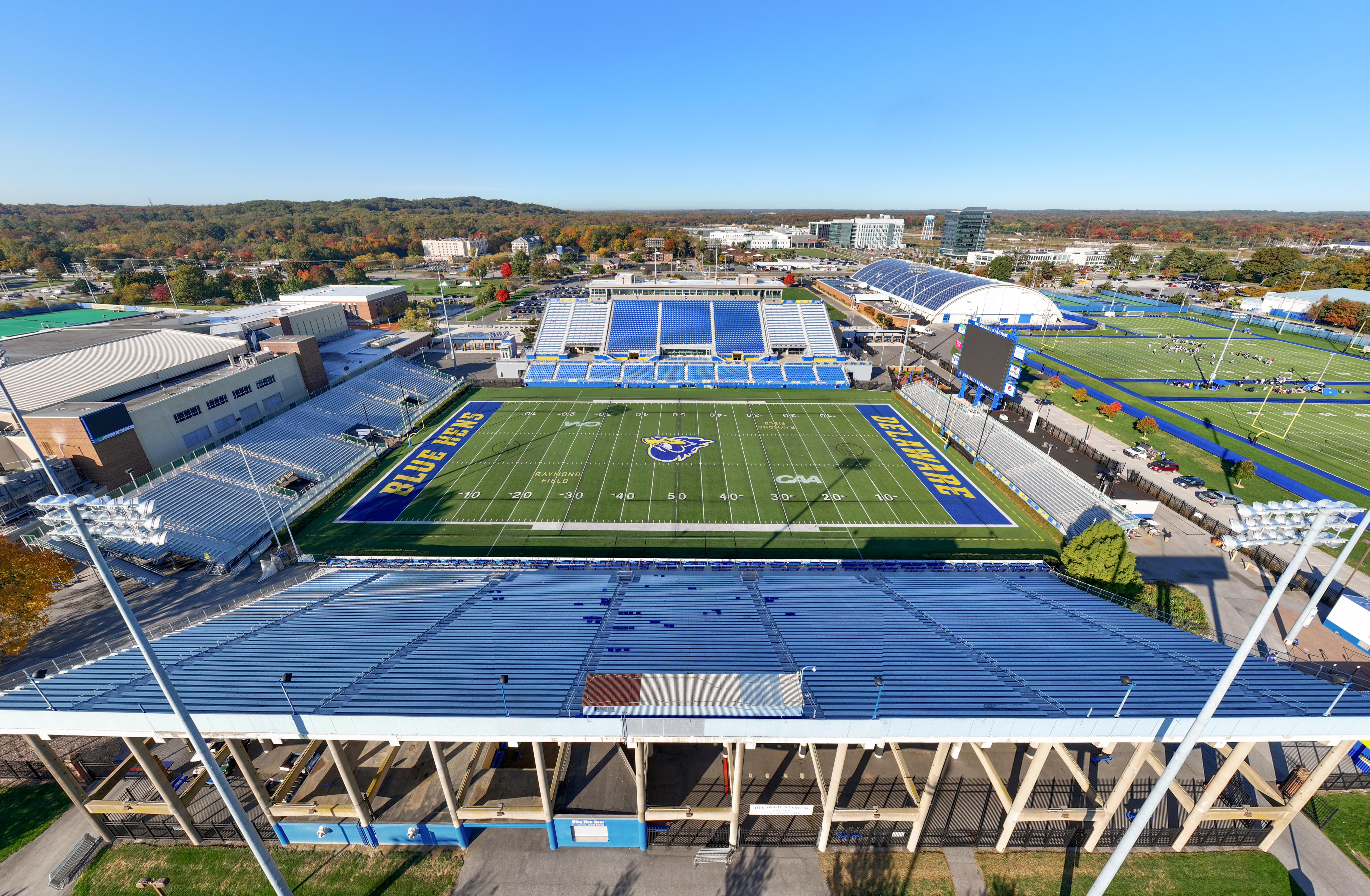
Delaware Stadium, located on the campus of the University of Delaware in Newark, is a cornerstone of the university's athletic tradition. Opened in 1952, the stadium has been the home of the Delaware Fightin' Blue Hens football team for nearly seven decades. With a seating capacity of over 22,000, Delaware Stadium provides an intimate setting for fans to cheer on their team. The stadium has witnessed many memorable moments in Delaware athletics, including historic victories and thrilling rivalries. Beyond sports, Delaware Stadium serves as a gathering place for students, alumni, and local residents, reflecting the university's commitment to fostering a vibrant and inclusive community.
14. Fisher Stadium: Lafayette's Historic Venue
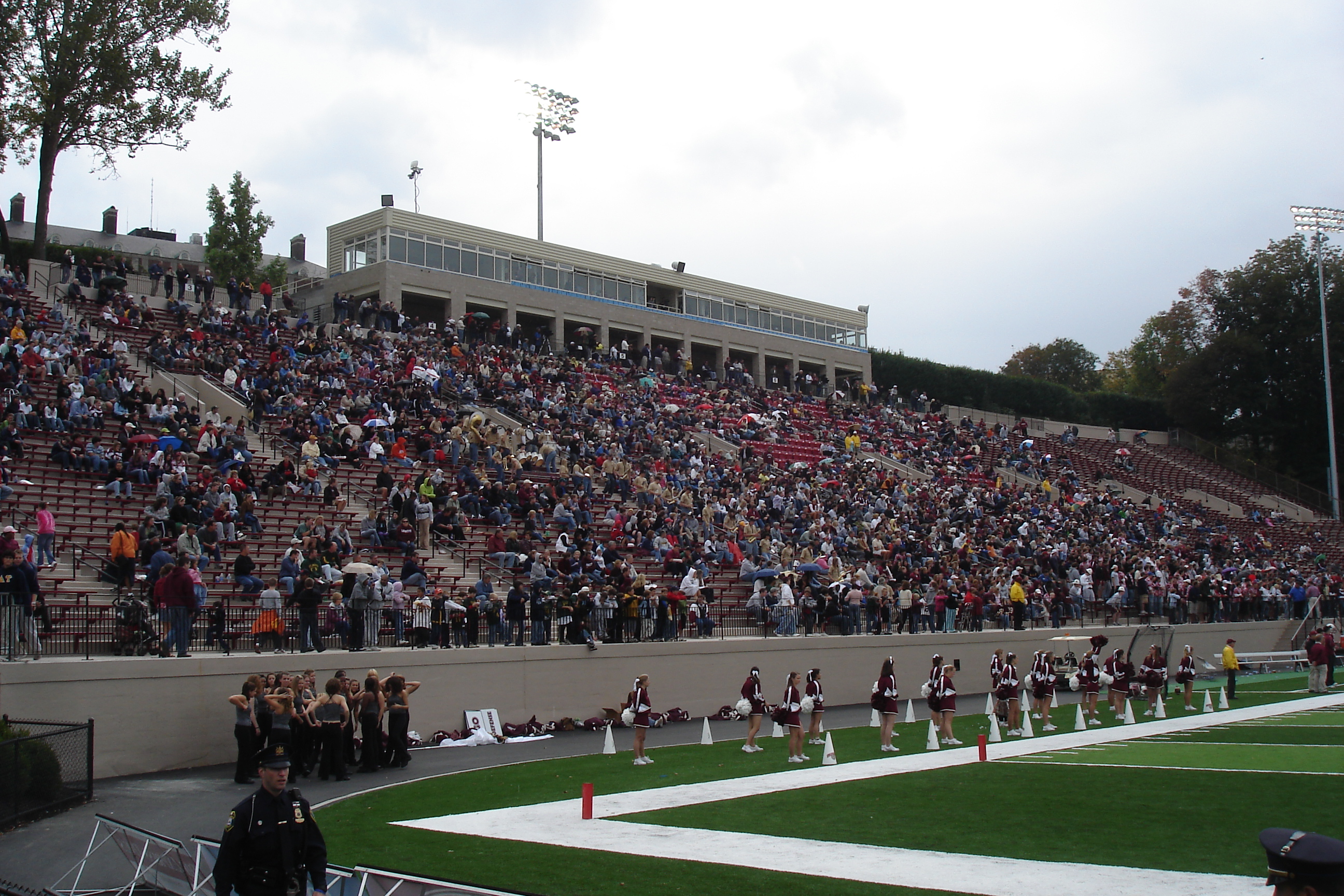
Fisher Stadium, located on the campus of Lafayette College in Easton, Pennsylvania, is a historic venue that embodies the spirit of the college. Built in 1926, the stadium has been the home of Lafayette Leopards football for nearly a century. Its intimate setting, with a seating capacity of just over 13,000, creates a unique atmosphere that brings the college community together. Fisher Stadium has witnessed many memorable moments in college football history, including historic rivalries and thrilling victories. The stadium's rich history and unique charm make it a beloved landmark for students, alumni, and fans alike.
15. Lawrence A. Wien Stadium: Columbia University’s Riverside Jewel
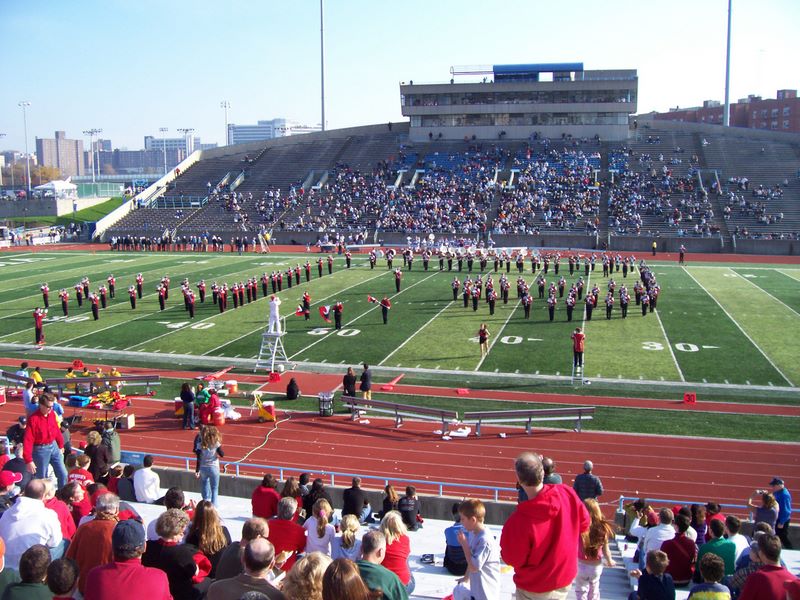
Located in the heart of New York City along the banks of the Harlem River, Lawrence A. Wien Stadium at Baker Athletics Complex offers a one-of-a-kind urban collegiate football experience. Opened in 1984, the stadium serves as the home of Columbia University's Lions football team. Its scenic location combines the vibrancy of the city with the serene beauty of nearby Inwood Hill Park, creating a stunning juxtaposition of nature and urban life. With a seating capacity of just over 17,000, Wien Stadium provides an intimate atmosphere where fans can get up close to the action while soaking in views of the surrounding skyline and riverfront. The stadium also features modern amenities and a state-of-the-art field, making it a top-notch facility for both athletes and spectators. Beyond football, the venue is used for other Columbia athletic events and community gatherings, reflecting its vital role in campus life and the broader neighborhood.
Preserving the Legacy of Northeast America's College Stadiums
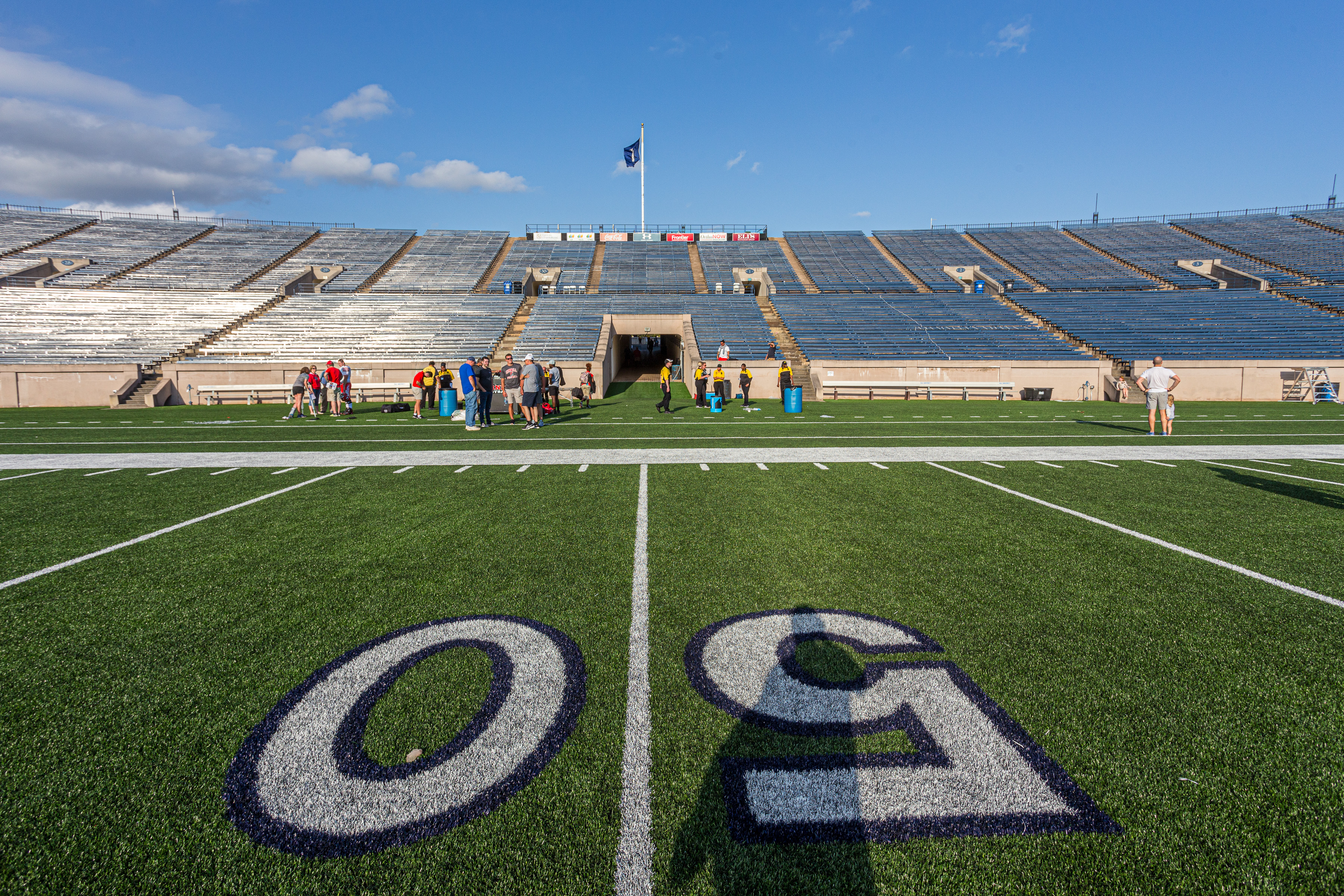
As we conclude our exploration of these historic college stadiums in Northeast America, we are reminded of the rich legacy that these venues represent. They are more than just places to watch a game; they are living monuments to the history, tradition, and culture of the institutions they serve. Preserving these stadiums for future generations is essential to maintaining the connection between past and present, and to ensuring that the stories they tell continue to inspire and captivate. As we look to the future, let us continue to celebrate and honor the legacy of these iconic stadiums, and the role they play in the vibrant tapestry of college sports and American history.



